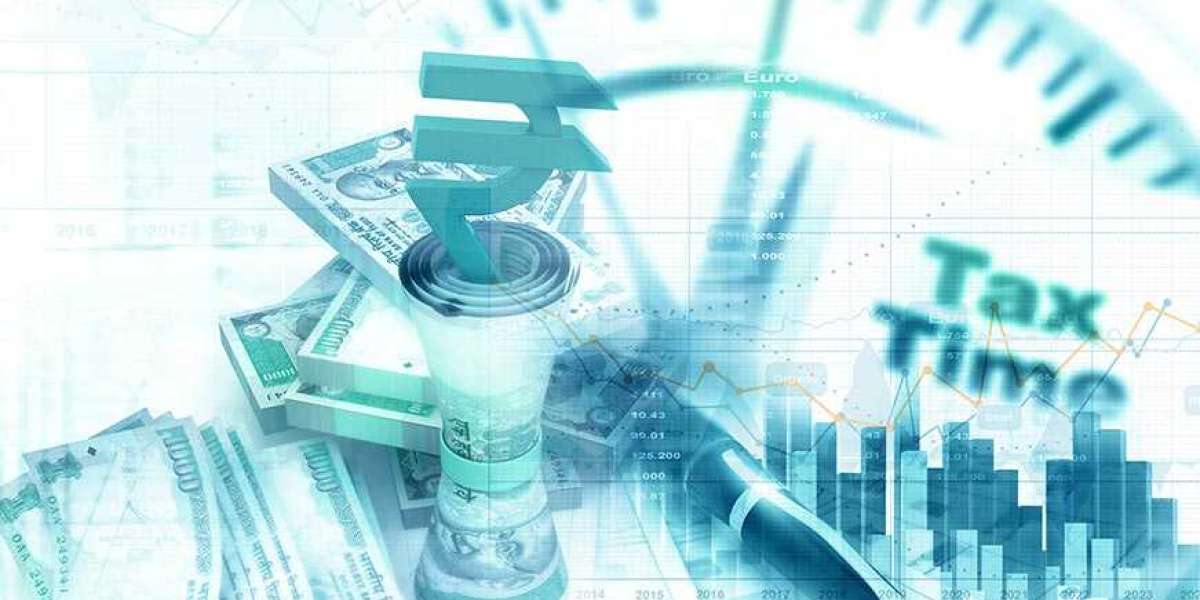India’s Budget 2025 signals a crucial shift in the nation’s trade and economic policies, aiming to strengthen domestic industries while enhancing global competitiveness. With tariff rationalisation, support for local manufacturing, and strategic trade alignments, the budget introduces key measures to foster economic growth. This approach reflects India's ambition to become a dominant player in global supply chains while ensuring that domestic industries remain resilient and competitive.
Let’s explore how Budget 2025 is shaping India's economic landscape through three critical aspects: tariff reforms, domestic production support, and global trade expansion.
Rationalising Tariffs to Enhance Manufacturing
A major highlight of Budget 2025 is the rationalisation of tariffs, particularly aimed at correcting inverted duty structures that have long hindered India's manufacturing sector. The government has identified key industries where high import duties on raw materials and lower duties on finished goods have discouraged domestic production. By adjusting these tariffs, the budget aims to:
- Reduce input costs for manufacturers
- Enhance cost-competitiveness in global markets
- Encourage investments in domestic production
This move is particularly significant for industries such as electronics, textiles, and automobiles, where high production costs have been a challenge. Lower tariffs on essential raw materials and components will ensure that businesses can operate efficiently, ultimately benefiting consumers through lower prices and better product availability.
Boosting Domestic Consumption and Production
Beyond tariff adjustments, Budget 2025 introduces targeted incentives to stimulate both consumer spending and industrial output. The government has revised income tax slabs to increase disposable income, giving a direct boost to domestic demand. Higher purchasing power among consumers will, in turn, benefit key industries such as real estate, automobiles, and consumer electronics.
On the production side, the government is expanding its support through:
- Production-linked incentive (PLI) schemes for priority industries
- Tax benefits for small and medium enterprises (SMEs) to facilitate business expansion
- Infrastructure development investments to improve logistics and supply chains
By focusing on these areas, the budget aims to strengthen India’s self-reliance while ensuring that local businesses remain competitive. The rise in domestic demand, coupled with an efficient production ecosystem, will contribute to sustained economic growth.
Strengthening India's Global Trade Position
A key focus of Budget 2025 is realigning India's trade strategies to boost exports and integrate with global supply chains. By adjusting tariff structures in line with global trade norms and negotiating favourable trade agreements, India is looking to establish stronger commercial ties with emerging and developed markets.
To achieve this, the government is:
- Simplifying export procedures and reducing bureaucratic hurdles
- Promoting free trade agreements (FTAs) with key partners
- Expanding incentives for export-oriented businesses
This shift will not only enhance India's trade surplus but also reduce dependency on a handful of regions for exports. By diversifying trade partnerships, India is positioning itself as a global economic powerhouse, resilient against external shocks.
Conclusion
India’s Budget 2025 lays the groundwork for a robust economic transformation by prioritising tariff reforms, strengthening domestic industries, and enhancing global trade engagements. These strategic initiatives will help India solidify its position as a leading global economy while ensuring sustainable and inclusive growth. For a more detailed analysis read here:



